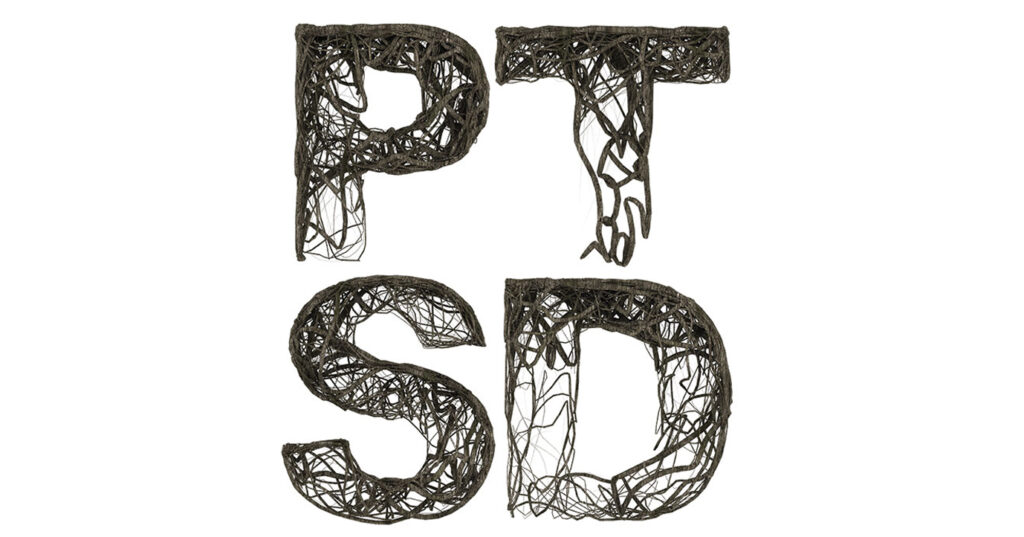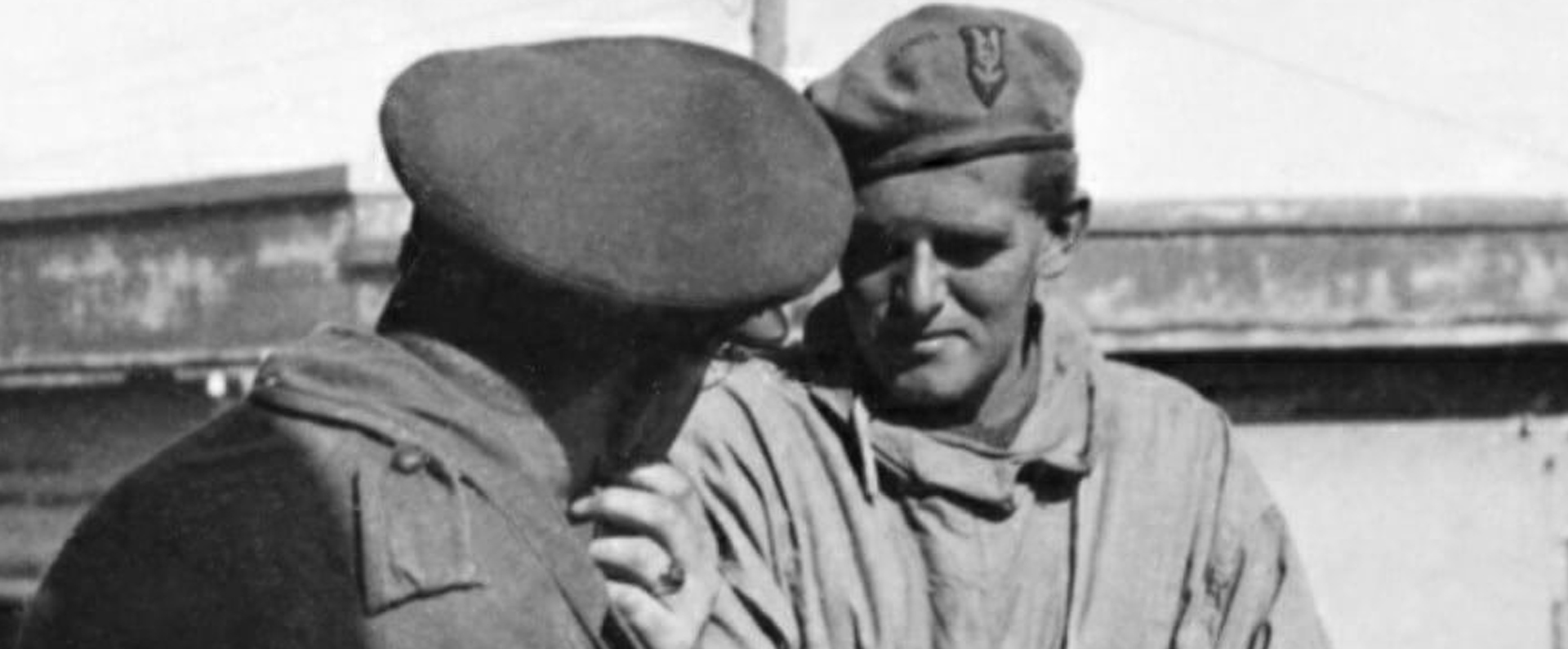
The Veterans’ Transition Review, which I published last February, has produced a huge response. In October the government announced it would implement the vast majority of my recommendations on how to fixthings for those leaving the Armed Forces for civilian life in the fields of employment, education, health, housing, welfare, finances and information.
I have also been contacted by a number of individuals who have made the transition themselves, either asking for support or making complaints about their experience. I have no mandate to investigate these and it would be inappropriate for me to get involved, especially when it comes to medical matters, which are at the centre of many of the cases.
However, the flow of contacts does reveal certain themes, and one in particular has grabbed my attention: Post-Traumatic Stress Disorder, or PTSD. I decided to look further to try to find out why so many former Service personnel seem dissatisfied with their treatment. I consulted the internationally recognised leader in the field, Professor Sir Simon Wessely, who is director of the Kings Centre for Military Health Research and President of the Royal College of Psychiatrists.
PTSD has a high profile and is much debated. It is a dreadful condition, which can be triggered from being involved in a traumatic event. It can occur and reoccur many years after the incident. Its effects can go beyond the individual, causing families to break up. It can also be complex, and is often accompanied by other mental health or physical conditions.
It is vital, then, that anyone who may be suffering from PTSD must be able to get the right advice and treatment as soon as possible. The recommendations in my Review about the need for clearer, more accurate and easily accessible information, together with a single call centre for those needing help, should help to ensure this happens.
But contrary to widespread popular belief, PTSD is not the most common mental health condition suffered by serving personnel or veterans. Depression, anxiety and the consequences of alcohol abuse are more common, as they are in wider society. And here one must separate PTSD from what are called Common Mental Disorders, or CMD.
There is some new research from the King’s Centre for Military Health Research that suggests that CMD may be twice as prevalent in the military population compared to similar civilian cohorts. However, it is early days in this work and it is very heavily caveated – for example, personnel may be more likely than the general population to have CMD when they join the forces, or a greater propensity to develop such conditions.
But this is not true of PTSD, a condition that has been researched in considerable more depth than CMD and where the numbers can be judged to be pretty sound. Here, the levels of PTSD are very similar to the general population, which is notable when you consider the high levels of trauma some Service personnel experience. And there is no evidence of a “bow wave” of PTSD cases approaching, though we must accept that as the research becomes more detailed, nuances may emerge.
Levels of PTSD are higher in combat arms – the infantry, armoured and aviation units which engage in close action – and in the Reserves, where individuals do not remain in a formed unit on return from operations. But that does not mean a Service career results in a higher likelihood of suffering PTSD than would be the case in civilian life.
As the stigma of mental health problems is reduced (and there has been a small but significant downward shift), those suspecting they have a problem are more willing to come forward. But diagnosis is not straightforward: PTSD is often found alongside other conditions which may be more harmful, and some who think they have PTSD in fact have another condition altogether.
Those who feel they have a problem should consult their GP and persist if they feel they are not being recognized, or approach a charity specialising in mental health, such as Combat Stress.
Once diagnosed, PTSD is manageable, often treatable and sometimes curable, though it can reoccur and long term support is necessary. Unemployment, alcoholism, family breakdown and the other consequences that might befall the PTSD victim are not inevitable. The quicker the condition is diagnosed, the better the outcome, and once the patient gets into the system, there is plenty of provision as long as everything works as it should.
But I am still receiving complaints about veterans who have, or believe they have PTSD, being unable to access the specialist care that has been established for them, and the media regularly produces such stories. When I am able to discover more, the cause always seems to be a lack of knowledge; patients not knowing whom to approach or able to press their entitlement, or GPs not recognising the symptoms and the specialist care available to veterans.
Unfortunately, this can be a big caveat. There are over 250,000 GPs in the UK, and a relatively small number of veterans approaching them with possible symptoms of PTSD. The GP has to recognise the symptoms, and know that the patient is a veteran, that veterans are entitled to fast-track treatment, and that specialist centres exist to treat them.
Plenty can go wrong here – another reason why I stressed the importance of clear information in my Transition Review. We must all become much cleverer at breaking down this information barrier.
Misconceptions about PTSD and its prevalence among veterans can also have an impact when it comes to employment. I found during the course of my Review that some employers are reluctant to take on Service leavers because they fear they will be disruptive or even dangerous. The very name of the condition has alarming connotations, but the symptoms themselves pose little threat to others.
Left untreated, and combined with other problems such as alcohol abuse, it can lead to trouble – which is why diagnosis is so important – but in most jobs an employee with PTSD presents no more risk than the many other medical conditions a civilian worker may suffer.
This perception about levels of PTSD and its nature among Service personnel and veterans is harmful more generally. My research revealed that more than nine in ten of the general public think, quite wrongly, that it is common or very common for those leaving the Forces to have some kind of physical, emotional or mental health problem as a result of their service. This creates an extra hurdle for the great majority who leave the Forces with no such problems, while taking the focus away from the small numbers who do need help.
Some of those who have contacted me to voice complaints have criticised the charity sector. Many of these have had trouble getting in touch with the right organisation first time. While there are many excellent charities there are some which, however well meaning and dedicated they may be, are simply not up to dealing with PTSD properly – and getting mental health treatment wrong can be even more damaging than the condition itself.
My recommendation here, which looks as if it will now happen despite some unsurprising initial resistance from elements of the charity sector, is to create a register of accredited Armed Forces charities so that those who need help will know where to find the best and most reliable help and support. Ultimately, such a register will benefit the individuals the charities say they are there for, which seems to me a good reason to get on with it.
Relatively few Service leavers suffer PTSD and there is no wave of new cases pending. Help is available for those who need it and with early diagnosis, outcomes can be good. There is no risk to employers that cannot be managed.
The gap between perception and reality on PTSD is huge and needs to be closed so that those who have the condition can get the best possible treatment; they deserve it.



